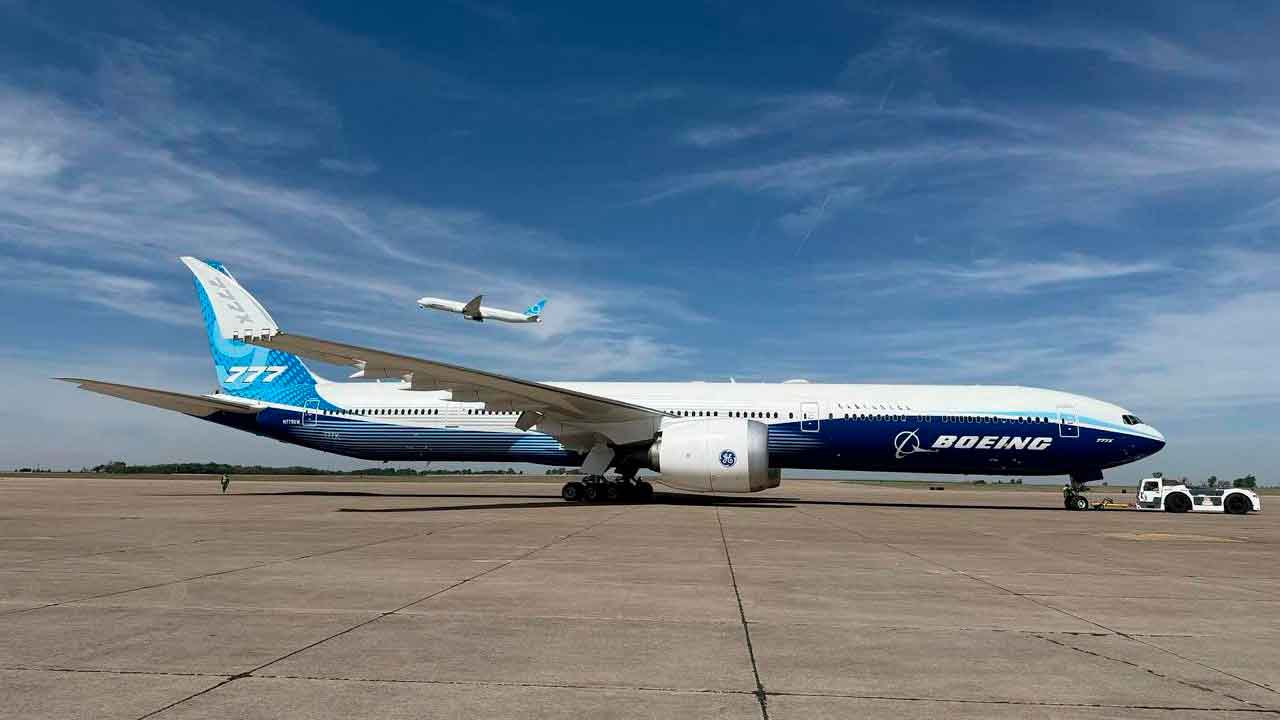In Oklahoma, Boeing finished one of the crucial stages of the 777-9 certification program, the world’s largest twin-engine.
Boeing has announced the completion of a key step in the new 777-9 certification process: dry track brake tests. Initially planned to last 30 days, the process extended 63 days at the Clinton-Sherman aerodrome in Oklahoma, due to adverse weather conditions.
+ Click here to see the video
During this period, the plane had to change 117 tires, facing strong winds, hail and storms. The first prototype of the model, identified as WH001, arrived in March to perform intensive braking that proven the reliability of the system.
Despite the challenges, the tests were performed 24 hours a day, supported by local engineers and experts from Boeing in Seattle. At times, rehearsals had to be transferred to Lubbock, Texas, in search of ideal conditions.

According to the manufacturer, these extreme tests not only ensure the safety and efficiency of the aircraft, but also strengthen the team spirit in the face of difficulties.
The next step of the program will be to perform wet track brake tests and ice simulations, advancing towards the final certification of the model. Recently, the Federal Aviation Administration (FAA) authorized the beginning of the Aunt 2D phase, which includes rehearsals related to noise rules.
The 777-9 is pointed out as the largest twin-engine plane in the world, and its certification is expected as a milestone for the next generation of commercial aviation.
Source and images: Boeing. This content was created with the help of AI and revised by the editorial team.

